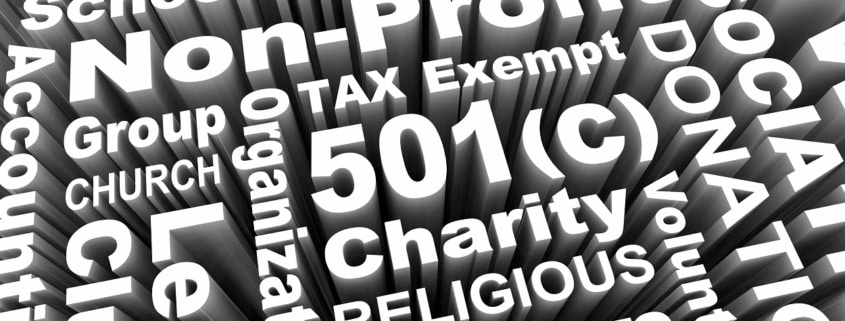Integrate Section 179D into the Early Stages of Non-Profit Design
Integrate Section 179D into the Early Stages of Non-Profit Design
Like their commercial counterparts, non-profit building owners also pursue building and renovation projects. But when it comes to Section 179D deductions, they have more in common with governmental entities. As non-profits are non-tax paying entities, they cannot qualify for tax deductions. While their building projects do qualify for these energy-efficient tax deductions, they cannot directly keep the deduction but can allocate them to the appropriate project designer.
The passage of the Inflation Reduction Act of 2022 included an important expansion. After December 31, 2022, non-profit building and renovation projects that meet the energy-efficiency standards also qualify for this deduction, which is new and not something that a non-profit organization may be aware of. Like the existing commercial and governmental projects that have qualified for years, the intent addition is to incentivize designers of tax-exempt building projects to use energy-efficient designs and systems in their non-profit projects.
Section 179D Should Now Be on the Non-Profit Radar
While a non-profit building owner can’t directly benefit from this deduction, it does bring some important considerations to the forefront of the planning process. As part of their mission, non-profit organizations may already want to consider if and how sustainable elements can be incorporated into the project. This may include LEED-certified buildings, which will likely reach (and more likely exceed) the energy-efficiency threshold required for Section 179D deductions. While the upfront costs of a LEED-certified building may be more expensive, the non-profit organization will likely see reduced utility and energy costs over time. To qualify for Section 179D, a building project must result in at least 25% more energy efficiency in HVAC, lighting, hot water or building envelope (walls, roof, and windows) according to ASHRAE (American Society of Heating, Refrigerating and Air Conditioning Engineers) 90.1 Reference Standards.
If a non-profit is interested in pursuing the Section 179D deduction for their designer, it’s important to know this upfront, as certain choices will maximize the deduction. For example, while the IRA increased the maximum available Section 179D deduction, it requires the use of prevailing wage labor, which is the basic hourly rate of wages and benefits paid to a number of similarly employed workers in a given geography, and apprenticeships. If a general contractor or project manager is unaware of this intent, the prevailing wage target may not be met.
Ideally, energy-efficient design is something that is incorporated from the project onset. Attempts to retroactively meet the standards for Section 179D once the project is underway are likely to be cost-prohibitive, if not unfeasible. Change orders add dollars to a construction or renovation budget, and most non-profits do not have money to spare.
Not having this knowledge up front, at the start of a project, can also significantly reduce the amount of the available Section 179D deduction. For example, qualifying non-profit projects that meet prevailing wage and apprenticeship standards, as well as meet the qualifying threshold for energy efficiency, can allocate a deduction of between $2.50 and $5 per square foot. Projects that meet the energy efficiency standards but not the labor standards will only be able to allocate between $0.50 and $1 per square foot.
A Caveat for Non-Profits
Building owners who pursue projects that qualify for the Section 179D deduction cannot directly negotiate their designer fees because of this credit. In essence, this would create a “kickback” type of scenario. However, transparency is important. Additionally, reputable design firms will likely be aware of this change and aware that the Section 179D deduction is available.
About the Author:
David Diaz is a partner at Walker Reid Strategies, a licensed professional engineering firm specializing in performing §179D studies and §45L certifications. Mr. Diaz is an expert in energy efficiency and specialty tax services who shares his insights at www.walkerreid.com and online through webinars. For more information on how Section 179D has now expanded to include nonprofit construction and renovation projects, contact him at ddiaz@walkerreid.com.



